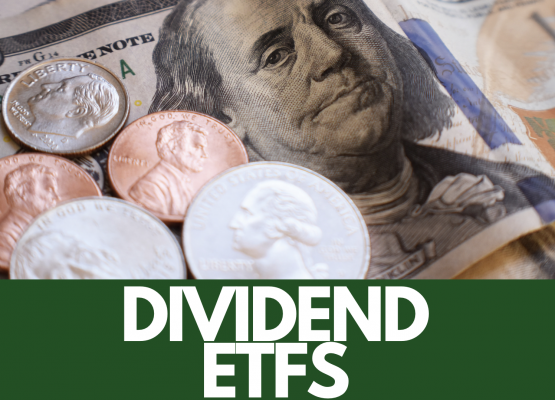Exchange-traded funds (ETFs) have gained substantial popularity in the past decade due to their flexibility, tax efficiency, and accessibility. Among the wide range of strategies that ETFs allow investors to implement is shorting the market or benefiting from a decrease in the value of a market index. In this article, we’ll delve into three inverse ETFs that enable such a strategy: the ProShares Short S&P500 (SH), the Direxion Daily S&P 500 Bear 3X Shares (SPXS), and the iShares Short Treasury Bond ETF (SHV).
ProShares Short S&P500 (SH)
SH aims to provide investment results that correspond to the inverse (-1x) of the daily performance of the S&P 500. This means that if the S&P 500 decreases by 1% on a given day, SH aims to increase by 1%. Consequently, investors might consider SH in anticipation of a downturn in the S&P 500 or as a hedge against long positions in related assets.
Direxion Daily S&P 500 Bear 3X Shares (SPXS)
SPXS offers a leveraged inverse (-3x) daily exposure to the S&P 500. This means that if the S&P 500 drops by 1% in a day, the fund aims to rise by 3%. This enhanced inverse relation provides a means of amplifying potential gains from a downturn in the S&P 500 but also amplifies potential losses if the S&P 500 increases. Hence, SPXS is a riskier proposition than SH, given its leverage.
iShares Short Treasury Bond ETF (SHV)
Unlike SH and SPXS, SHV isn’t directly related to a broad equity index like the S&P 500. Instead, it offers exposure to U.S. Treasury bonds with maturities between 1 month and 1 year. If interest rates rise, short-term bond values typically fall, potentially providing a return for SHV. Though not a direct inverse relation to a broad equity index, it can serve as a hedge against rising interest rates. As of September 2021, SHV’s expense ratio is 0.15%, substantially lower than both SH and SPXS due to its different nature and objective.
Understanding Short Selling Strategies
So how do these funds implement a short selling strategy? At a basic level, short selling involves borrowing a security, selling it at the current price, and then buying it back later (hopefully at a lower price) to return to the lender. The short seller pockets the difference if the security’s price decreases. Conversely, if the security’s price increases, the short seller incurs a loss.
In the context of ETFs, managers employ various financial instruments to achieve the inverse relation to an index. These include futures contracts, options, and swap agreements, which they use to create a synthetic short position. This way, they aren’t required to borrow and sell individual securities, which would be impractical for replicating an index.
Keep in mind, these ETFs typically aim to achieve the inverse performance on a daily basis. Over longer periods, the returns can differ significantly from the inverse performance of the index due to the compounding effect. This is especially pronounced in volatile markets and for leveraged funds like SPXS.
Conclusion
Inverse ETFs offer a unique tool for investors looking to hedge against or benefit from downturns in the market or specific sectors. However, they also come with elevated risks and expenses. The three funds we explored illustrate different strategies and degrees of inverse exposure, each with distinct risk and return profiles.
Before investing in these or any other ETFs, you should carefully consider your risk tolerance, investment goals, and the costs associated with each fund. Moreover, you should understand that the performance of these funds over extended periods can significantly diverge from the one-day inverse performance they aim to provide due to the effects of compounding.




